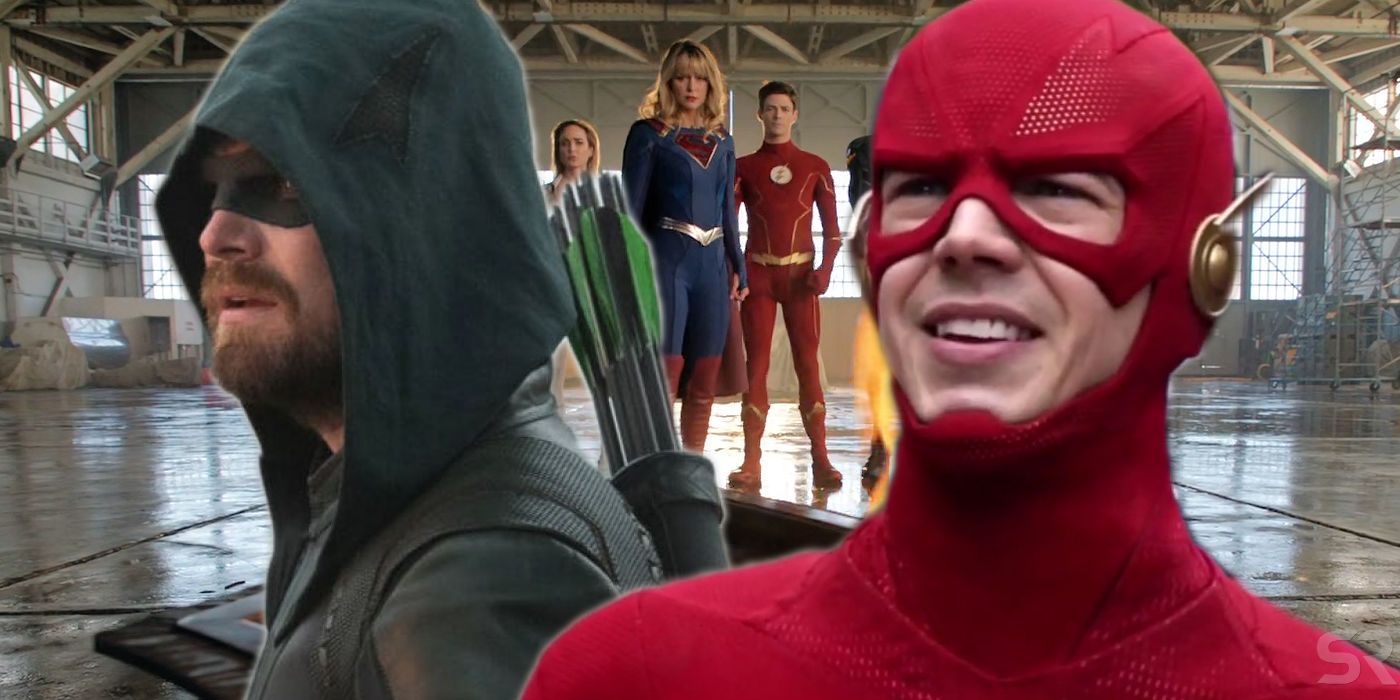
The Arrowverse's Crisis on Infinite Earths has come to an explosive end - and here are all the unanswered questions. The Arrowverse has been building up towards the Crisis ever since The Flash's season 1 premiere. The actual event itself didn't really build on its setup; the showrunners chose a very different direction, deciding not to be bound by setup from years ago, and entirely different creative teams. Still, there's a sense in which that doesn't matter; the event was a remarkable success, well-received by viewers and critics alike.
Ultimately, the Arrowverse used Crisis on Infinite Earths to accomplish exactly the same goal as the comics. Writer Marv Wolfman - who actually cameos in Chapter 5 - realized that decades of relaunches had left continuity something of a mess, and Crisis resolved the issue by bringing all the different timelines together into a single history. In just the same way, the Arrowverse's Crisis on Infinite Earths ended with at least three worlds merging; the main Arrowverse Earth, Supergirl's, and Black Lightning's. Further celebrating this, it had Barry Allen unite the various heroes as a proto-Justice League.
Naturally, an event on this scale - not to mention so significant a change in the status quo - will leave a lot of unanswered questions. It's safe to assume that every one of the Arrowverse's shows will explore the repercussions of Crisis on Infinite Earths in its own way, so some of these questions will be answered over the next few weeks. Let's take a look at the main ones.
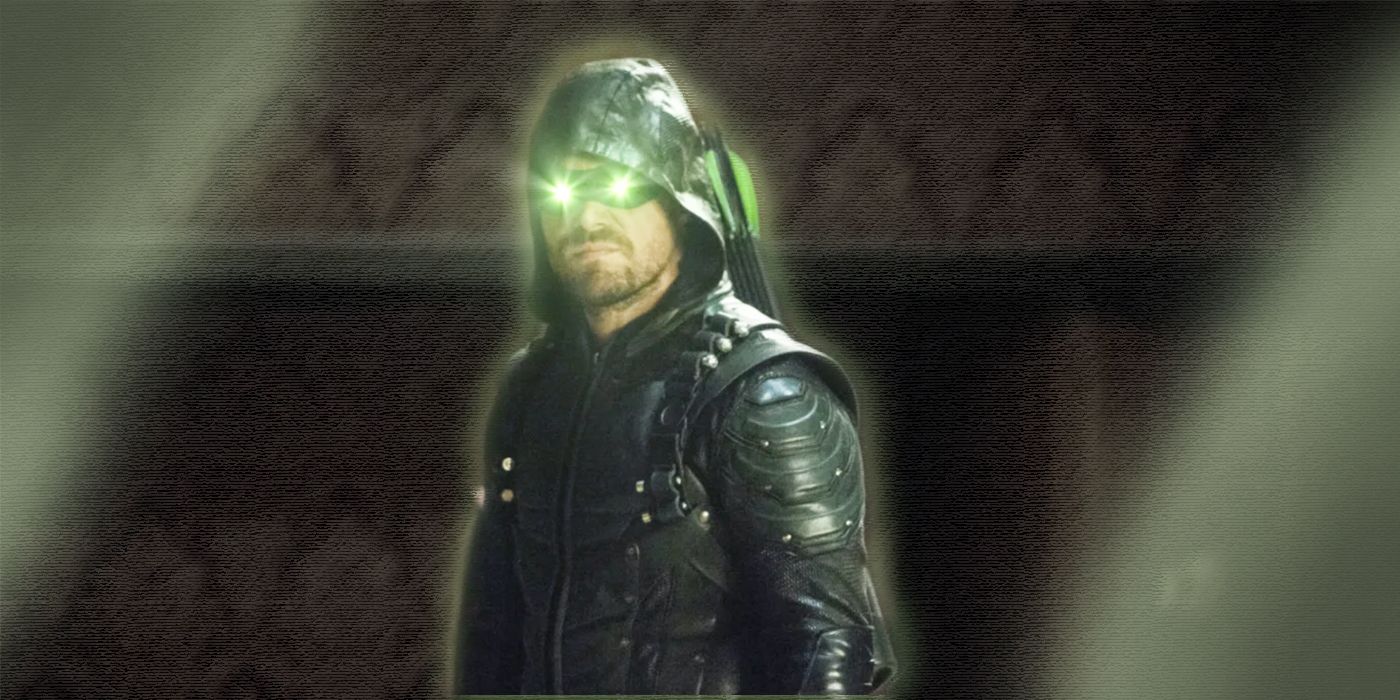
Crisis on Infinite Earths saw Oliver Queen pay the ultimate price in order to restore the Multiverse. Oliver 's death transformed him into the Spectre, one of the most powerful beings in the Multiverse, able to survive the antimatter waves that consumed all of reality. He then helped the Paragons travel back to the dawn of time in order to initiate the Big Bang and create this new Multiverse. This appeared to require Oliver to sacrifice himself once again, in fulfillment of the Monitor's prophecy. The Arrowverse's heroes returned to the present, and they told the President of the United States that Oliver had died driving back an alien invasion. A grateful United States held a moment's silence in Green Arrow's honor.
Of course, these are superhero TV shows, and death is a revolving door - especially when there's no body. However, actor Stephen Amell has indicated that he feels it's time to move on from the Arrowverse; in fact, he initially wanted to leave after Arrow season 7, but signed up for a final, shorter Arrow season 8 because he was intrigued by the premise. So it's best to assume that Oliver really is gone.
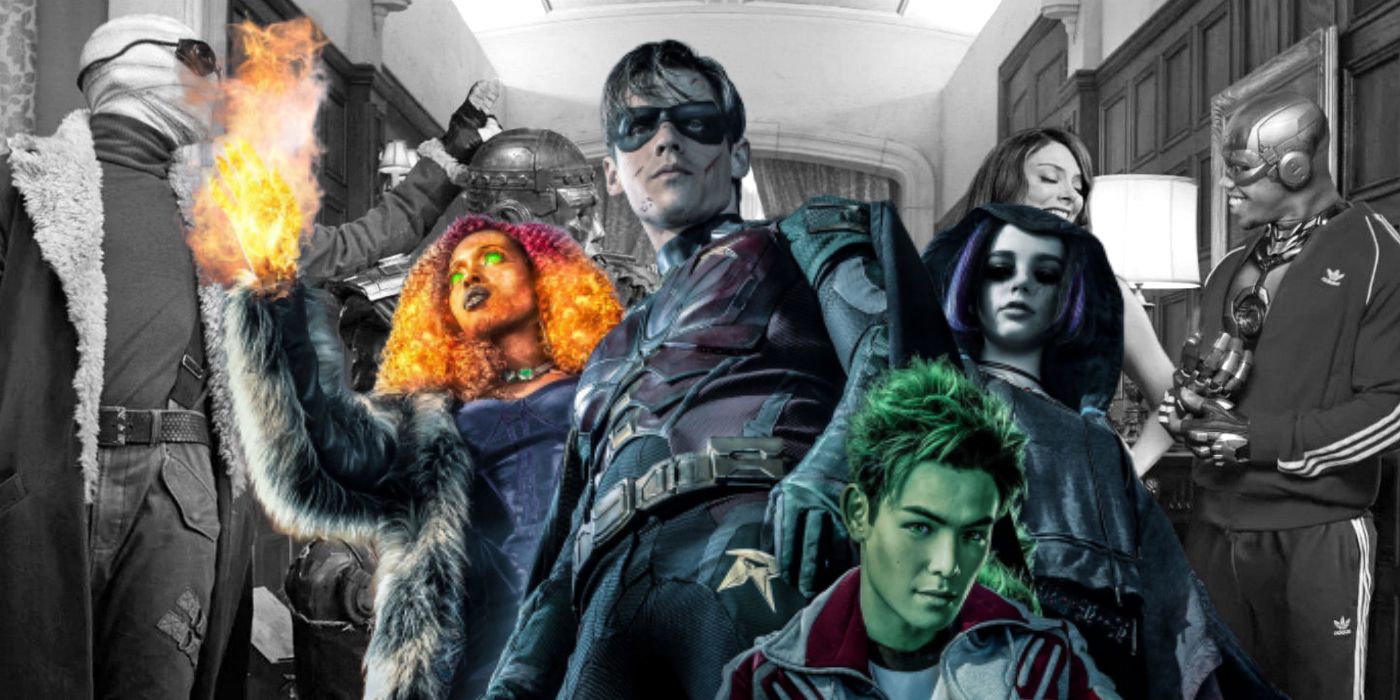
Crisis on Infinite Earths included establishing shots of the various worlds in the new Multiverse, and it revealed that Titans and Doom Patrol are actually on different Earths. It's nice to have this officially confirmed; although Doom Patrol seemed to be a Titans spinoff, there were a number of continuity problems between the two shows. It's safe to assume they were originally envisioned as part of the same reality, but plans changed during production (or even during post-production, given the copious editing of Titans season 1). Now DC has hand-waved that whole issue away by calling them out as different universes.
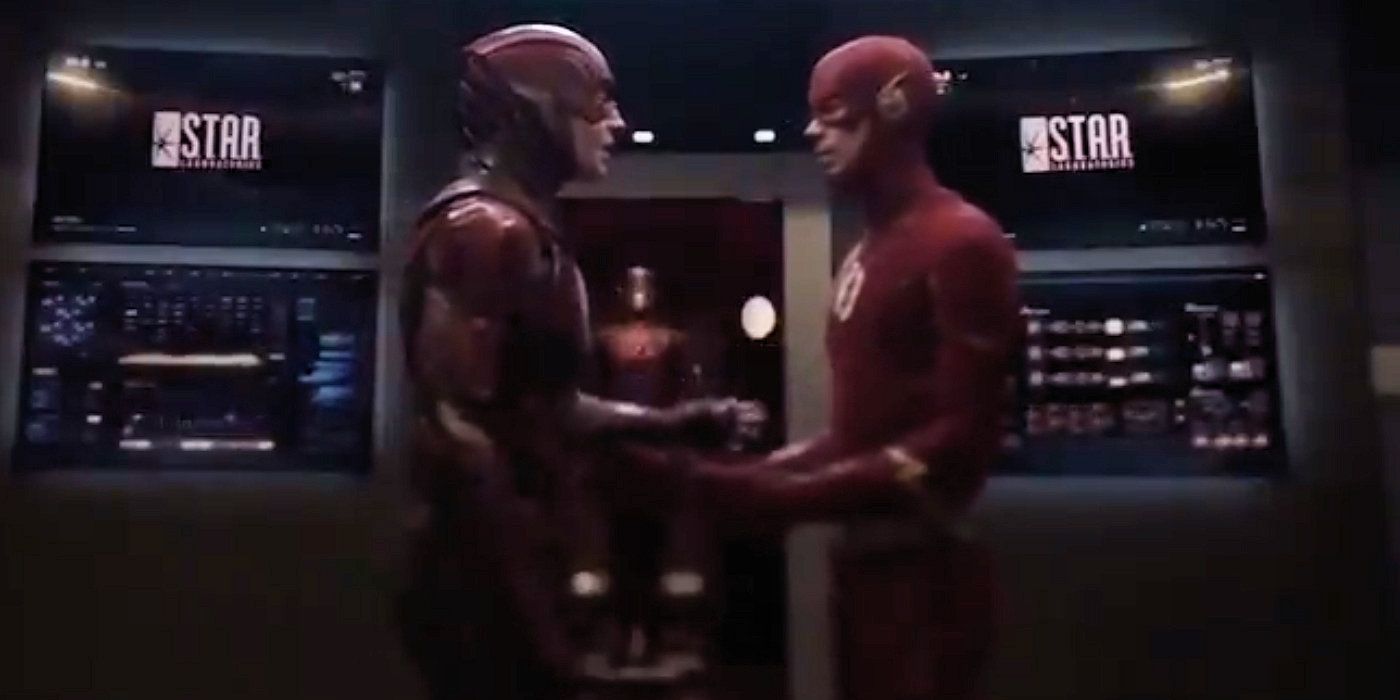
Crisis on Infinite Earths featured a stunning scene in which Grant Gustin's Barry Allen met Ezra Miller's, confirming the DCEU is part of the Arrowverse as well. This was added at the request of Warner Bros. execs, presumably because they thought a Miller cameo was too cool to resist. Given pretty much every other live-action DC movie and TV series has now become part of the Arrowverse, courtesy of Crisis, there's no reason to suggest the DCEU isn't still part of this Multiverse. That may prove significant going forward, because in the comics Shazam!'s Rock of Eternity - Billy Batson's "lair" - sits at the very heart of the Multiverse. Nash Wells already referenced Eternium in The Flash, a mysterious, magically-charged substance that originates from the Rock of Eternity, so it will be interesting to see if there are any more subtle connections further down the line.

The montage of alternate Earths included a shot lifted from 2011's Green Lantern movie, but this was probably intended as a tease of HBO Max's upcoming Green Lantern TV series. It's surely no coincidence that HBO unveiled the first story details shortly after the Crisis finale had aired, presumably hoping to capitalize on the surge of interest. According to HBO, this show will focus on two Green Lanterns from Earth, one of whom must have been flying to Oa in the shot.
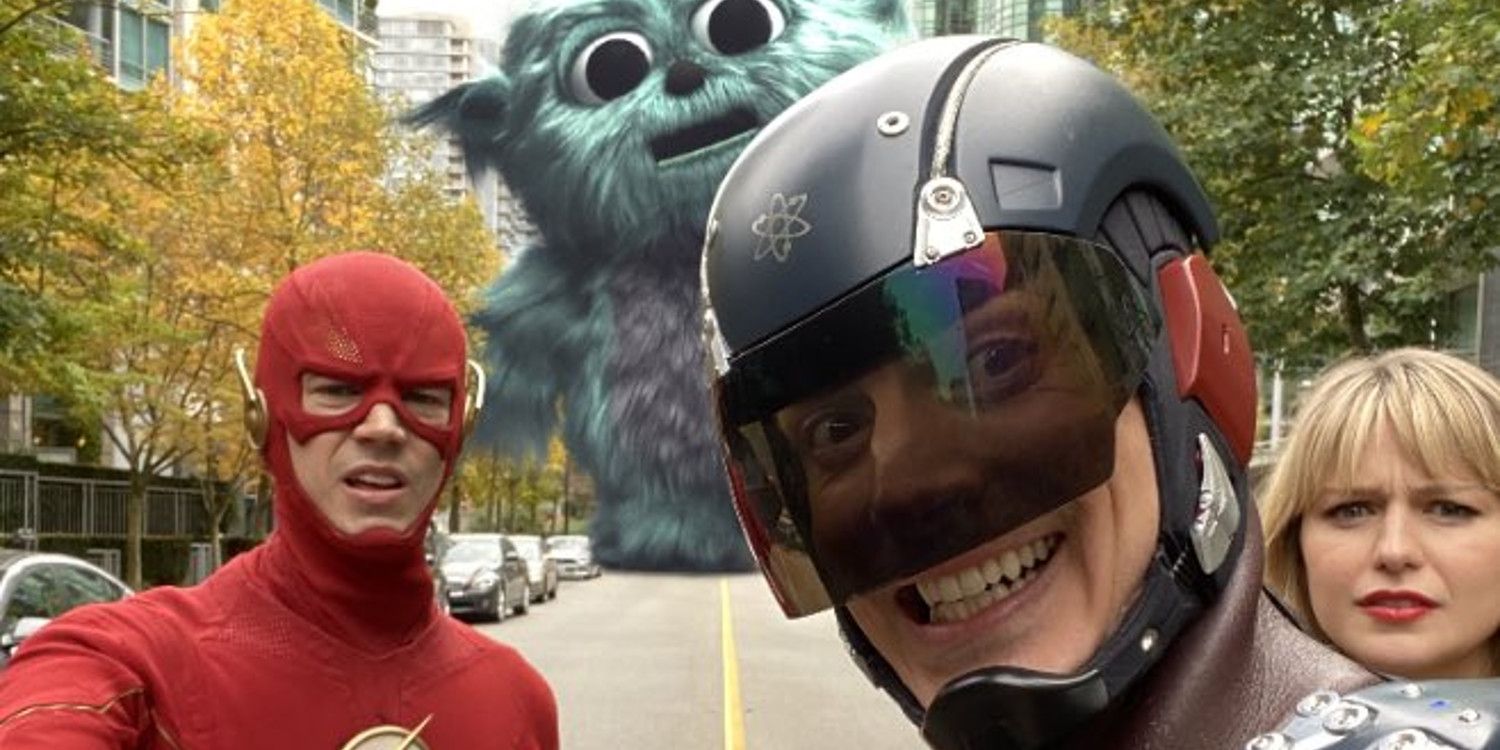
Crisis on Infinite Earths ended with the heroes now operating in a shared universe. At least three of the separate Earths have combined to create the new Earth-Prime, but it's unclear why this has actually happened. There's been some speculation that this was because the Paragons who recreated the Multiverse hailed from two of these realities; and yet, that doesn't explain why Black Lightning's Earth has also been absorbed into Earth Prime. It's also unknown whether some other Earths have combined into this brave new world too. From an out-of-universe perspective, this is a smart move, making crossovers and team-ups a lot easier. But from an-universe perspective, it's all completely unexplained.
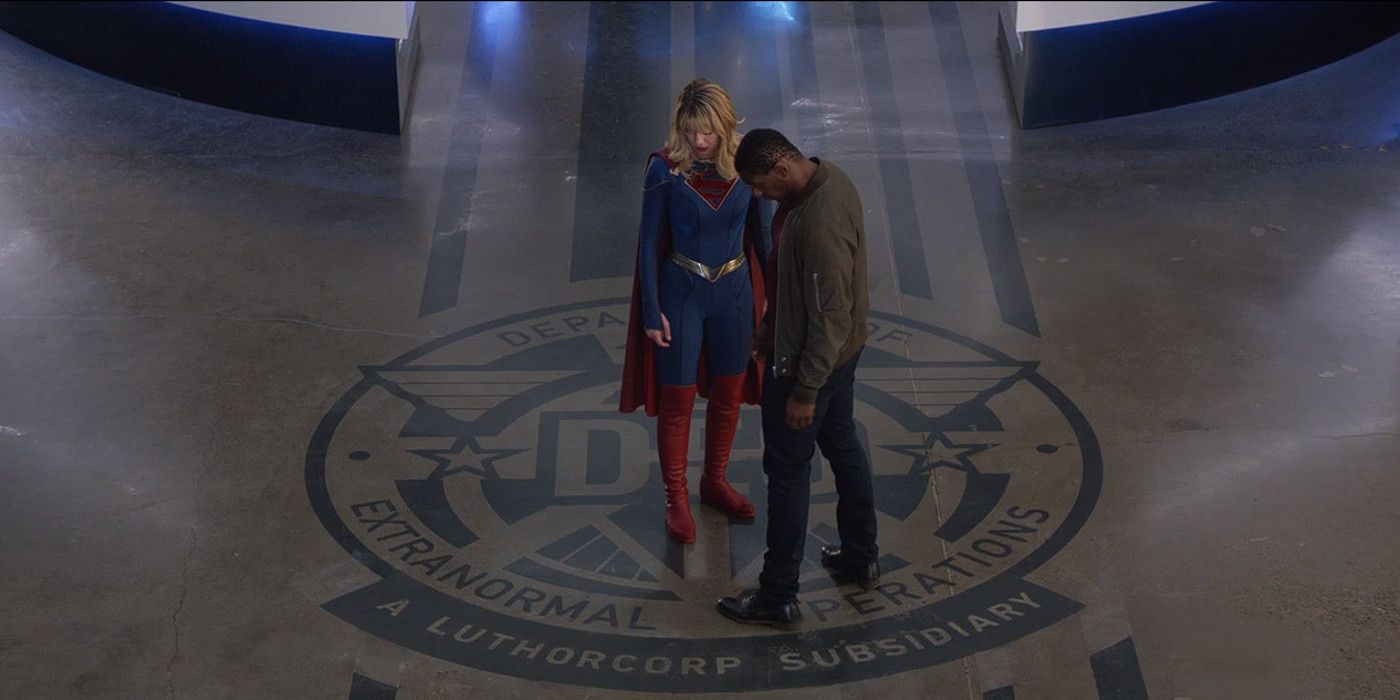
Because this new timeline combines at least three Earths, it has a very different history, meaning the heroes - and, indeed, the viewers - will have to learn it one step at a time. Supergirl's world has clearly changed a lot, with Lex Luthor now respected and admired as a champion of humanity, and LuthorCorp running the DEO. What's more, Superman has two sons, and they seem to be older than the newborn baby he had before; poor Clark Kent will have to mourn the death of his own child, while getting to know his new sons.
But it's reasonable to assume every Arrowverse show's history and continuity has been changed to some degree. Arrow overlord Marc Guggenheim told TVLine that this is the aspect of Crisis on Infinite Earths that really excites the various creative teams. "Each of the shows gets the chance to tell a piece of that story," he explained, "and that's really cool. I know, for example, what they're doing on Batwoman and it's friggin' awesome, with some unbelievable, 'What-the-f--k?!' kind of moments."
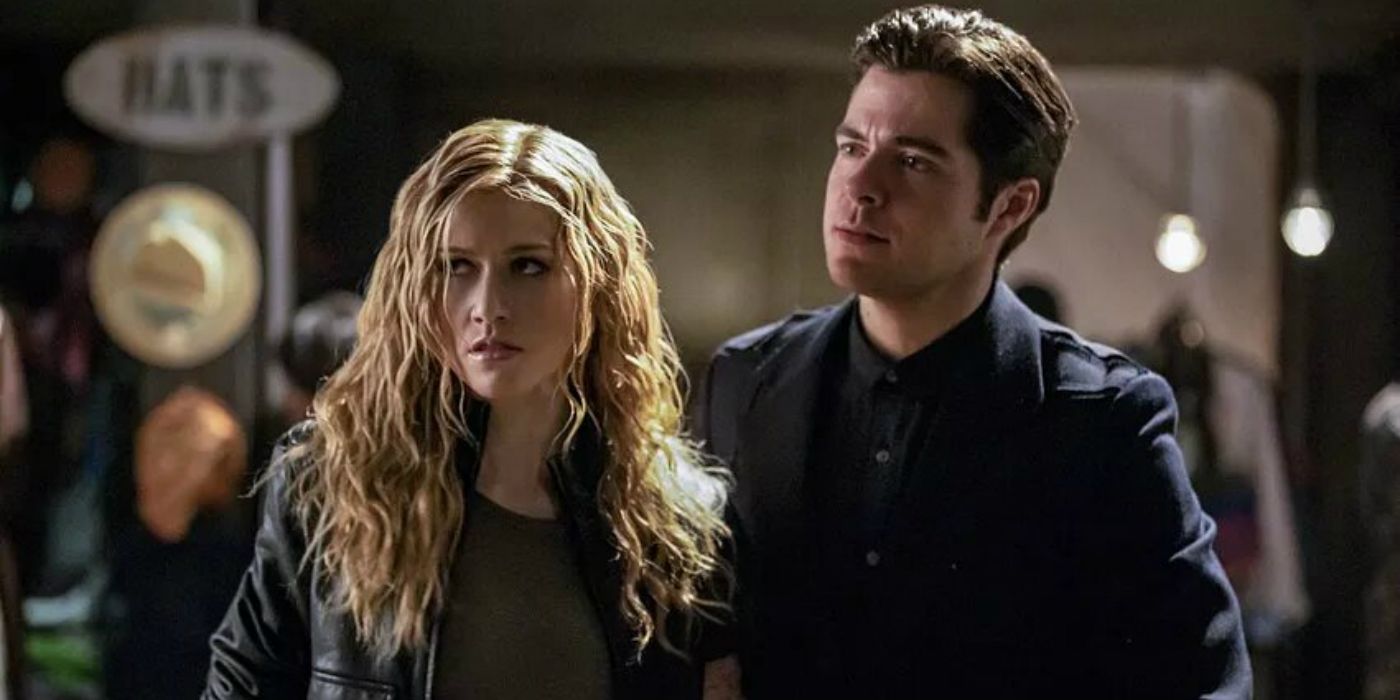
Meanwhile, the changes will no doubt ripple on down the timeline. The Green Arrow and the Canaries spinoff is set in the year 2040, and features familiar characters such as Oliver Queen's future daughter Mia. But the official Canaries synopsis makes it clear the future has changed completely: "It’s the year 2040 in Star City," it reads, "and Mia Queen has everything she could have ever wanted. However, when Laurel and Dinah suddenly show up in her life again, things take a shocking turn and her perfect world is upended." The future Star City sounds a lot more pleasant than the one seen in Arrow season 7, and it's notable that Mia calls herself a "Queen" rather than a "Smoak."
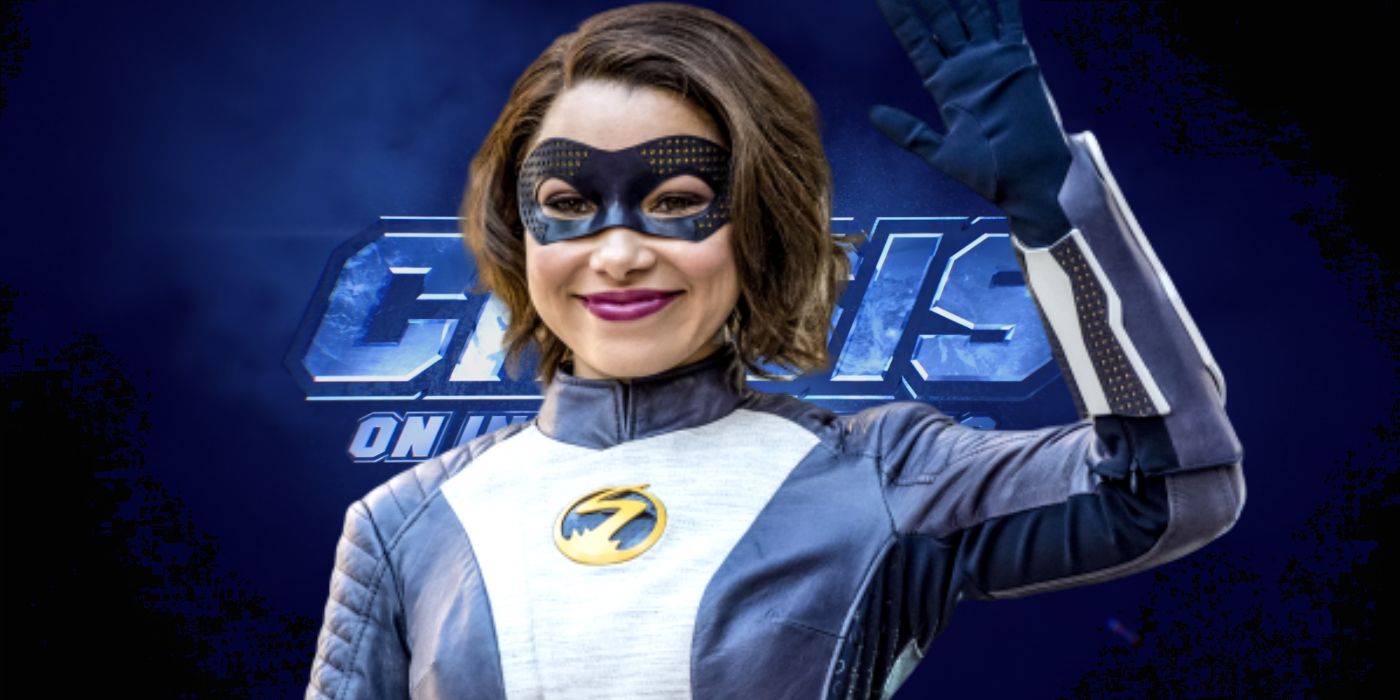
It's also possible that the future has other superheroes - such as a new version of Nora West, aka XS, who played a prominent role in The Flash season 5. Nora hailed from a timeline where her father had vanished during Crisis on Infinite Earths, and she traveled back in time in order to get to know her dad. She was tragically erased from history altogether when the Crisis moved from 2024 to 2019, for reasons that have yet to be explained. But Barry Allen has now survived the Crisis, which means there's nothing to stop him having at least one daughter with Iris. The future could have a new XS, one who has had the chance to grow up with a dad.
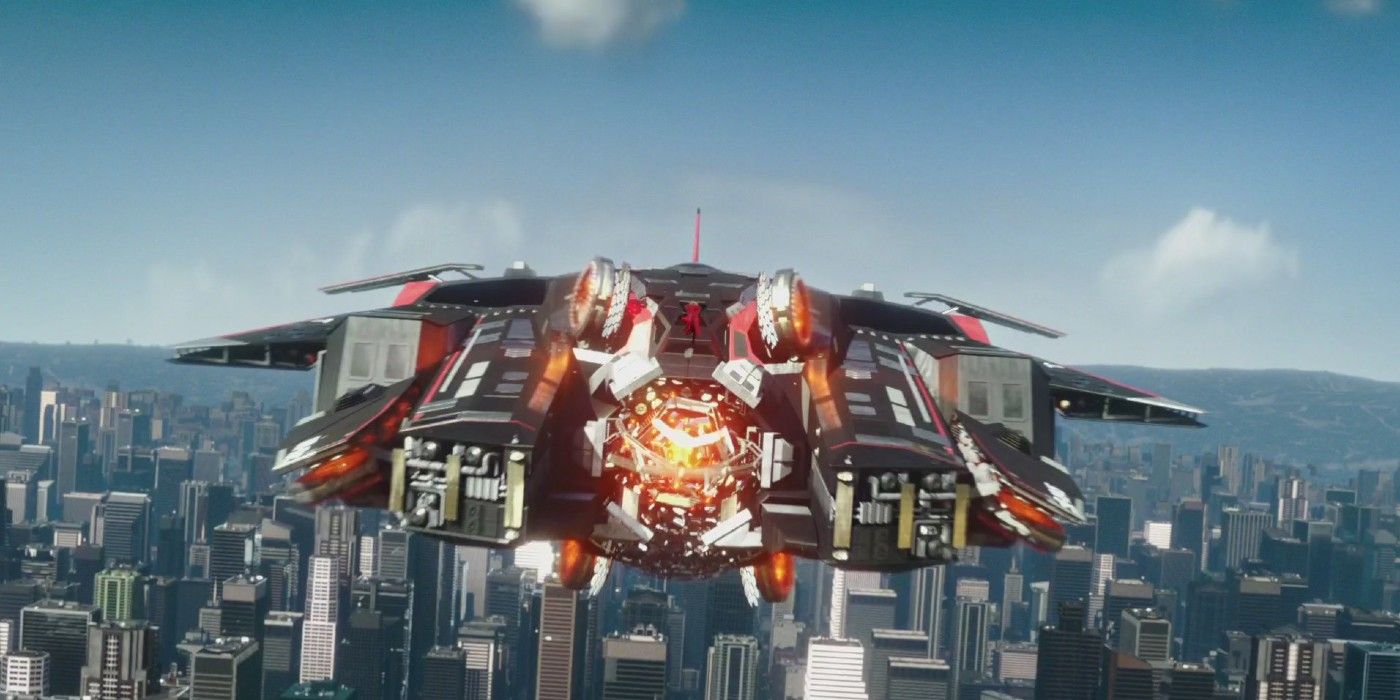
Legends of Tomorrow could have become one of the most exciting Arrowverse shows, because it provides an opportunity for viewers to explore the history of Earth-Prime. What's more, there's no reason the Legends couldn't also travel to the distant future and encounter the Legion of Super Heroes, who were part of Supergirl's timeline. Crisis on Infinite Earths thus provides a perfect opportunity to refresh the Legends line-up, with the Legionnaires potentially joining the crew for a few time travel adventures.
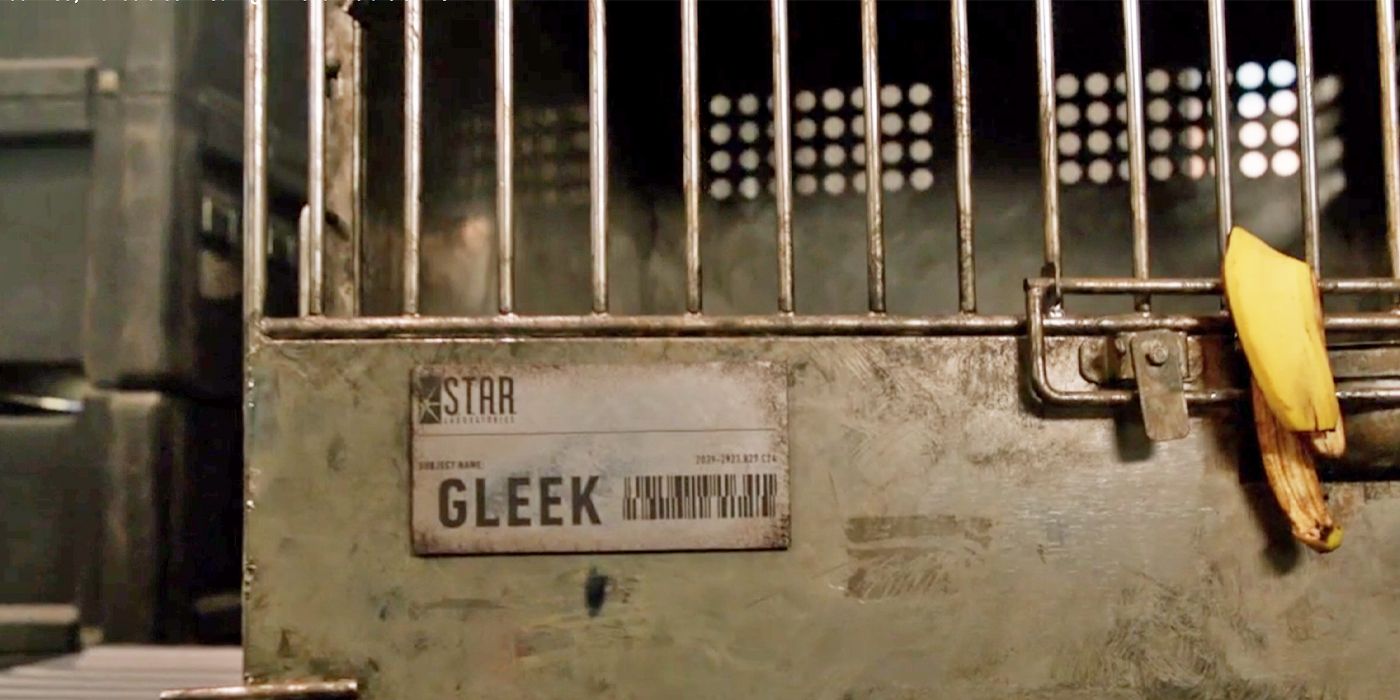
Crisis on Infinite Earths Chapter 5 teased that a creature had broken out of STAR labs and was roaming around the proto-Hall of Justice. This is teasing the Arrowverse existence of Gleek, a blue alien monkey created for the animated series The All-New Superfriends Hour, which aired on ABC in the late 1970s. The open-ended conclusion seems to set up more Gleek stories, and he'd fit best in Legends of Tomorrow; maybe he'll wind up being their pet on the Waverider.
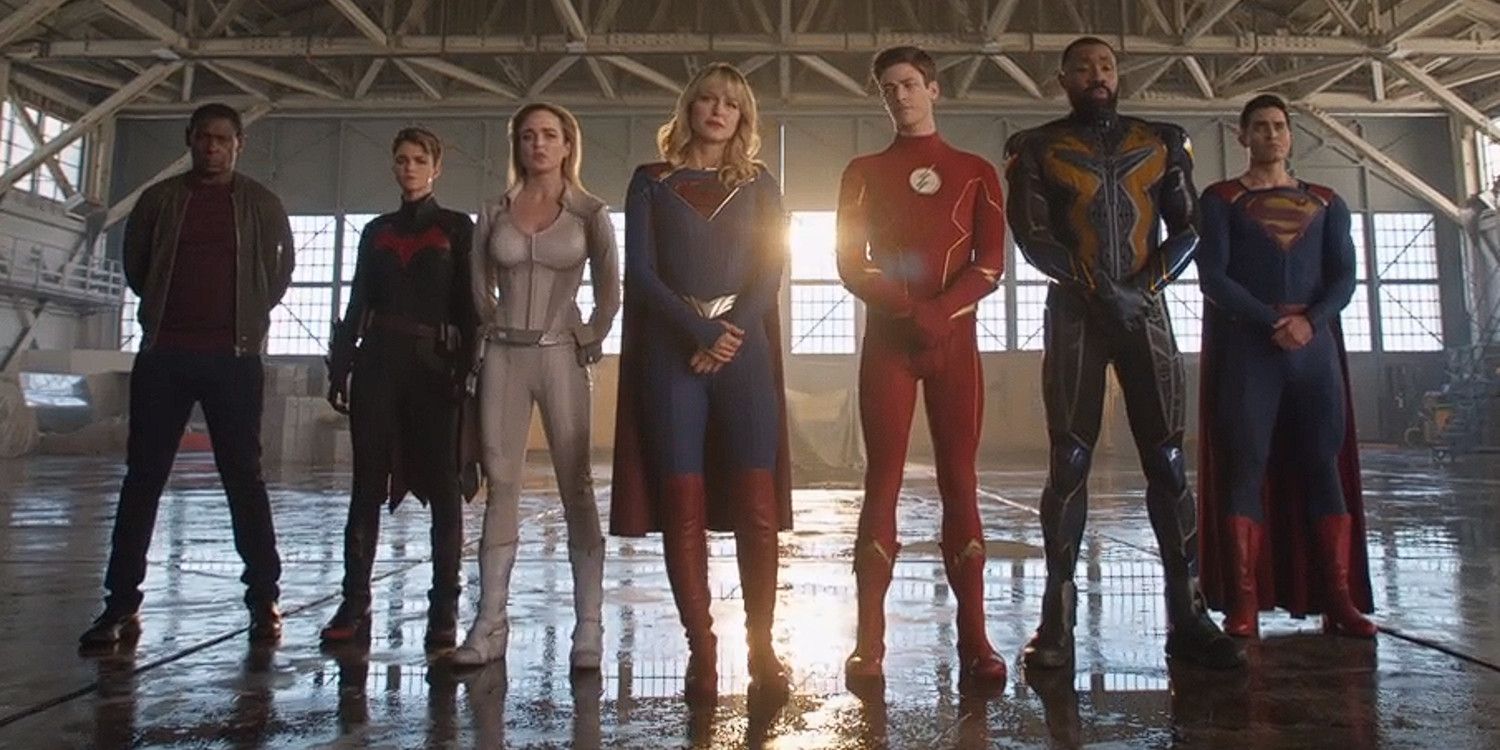
Worlds have lived, worlds have died, and the Arrowverse will never be the same again. Apparently Guggenheim has pitched the next crossover to The CW's CEO Mark Pedowitz and executive producer Greg Berlanti, but he's wary of trying to continually up the ante. "Marvel didn't follow up Endgame with Endgame 2," he pointed out in his interview with TVLine. "The one thing we're all in agreement on - cast, crew, executives, you name it - is that we're not going to go as big next year. In fact, [The CW CEO] Mark [Pedowitz] and I were talking about 'returning to the roots' of our crossovers, and I'll leave it to people to interpret what that means."
Whatever that comment may actually mean, it suggests that DC don't intend to fall into the trap of forever escalating the odds. They understand that not every event can be a Multiversal epic, and indeed that not every crossover needs to feature every single character. For all that's the case, though, it's important to note that Arrowverse crossovers are a whole lot easier now everybody lives on the same Earth.
from ScreenRant - Feed https://ift.tt/36ZFWFe





No comments: